Technology shifts
Technology and the increasing need for data is changing the real estate industry, both from an investment and management point of view. With the wealth of financial information required by institutional investors, Real Estate Managers are increasingly challenged with:
- Demonstrating return on investment
- Finding smarter ways to reduce costs
- Maximise building occupancy and prove value
Whilst some businesses are embracing technology capabilities, many are still lagging behind.
Real Estate Managers are relying on hard data to inform strategic decision making, future property investments and go beyond traditional approaches of twice yearly manual counting or gut feel. Real estate is the second largest cost to all organisations of any size – the need for managing it using evidence is indisputable.
The real question is how the industry will balance the needs of it’s users, the people using the space with the need for maximum optimisation. Site managers have to weave a balance between underutilised offices, where the industry norm is >50%, and over utilisation where people can’t find space to work.

We all agree that half empty spaces are a waste of both money as well as having a significant carbon impact. Did you know that buildings currently account for 40% of all carbon emissions in North America?.
Local site managers should have plans for occasional overflow space when a company or team all have events, keep a sharp eye on real time utilisation metrics as above 85% has the potential to negatively impact the productivity and happiness of the people using the space. The goal most organisations we deal with are setting is to keep average utilisation within healthy 70-80%.
A connected workforce
It’s no secret that the changes we are seeing have a ripple effect in changing people’s behaviour. Technology is enabling people to work from anywhere in the world without the need to be in a fixed location, the ability to have online collaborative platforms means we are more connected than ever before.
This shift is having an domino effect on owners, occupiers and managers as they realign space occupancy strategies, flexible contract terms and environmental conditions to maintain and accommodate a changing workforce.
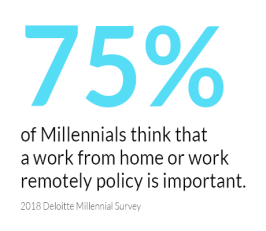
In the 2018 Emerging Trends in Real Estate study by PWC, it found many businesses were already using data to improve decision making as well as hiring environmental scientists to support customer demand and investment analysis.
Customer outcomes are fast becoming a primary driver of value as Real Estate grows into a service rather than a passive asset.
The growing need for analytical skills
Whilst technology is clearly changing the state of play in Real Estate, having analytical capabilities is a growing trend for Facilities and Corporate Real Estate within their daily jobs. More and more Facilities and Corporate Real Estate teams are required to provide factual base evidence – have the ability to analyse data, spot patterns or trends and turn this insight into strategies that will drive work space improvements.
Facilities and Corporate Real Estate teams need solutions that will help them do this efficiently without having to spend hours sifting through layers of spreadsheets and systems. Some companies have adopted the use of sensors coupled with analytics to track how desk and floor space is used in real time. This has allowed them to make evidence based design and management decisions, saving millions in lease expenses.
Take Procurement teams as an example where only a few years ago the traditional approach to purchasing was the norm. Technology and data has transformed the way they operate, moving away from cumbersome in house systems to cloud based solutions that provide greater efficiencies, visibility of spend and cost savings across the business. The flexibility and accessibility of cloud solutions means Procurement teams are able to seek, source and recruit quality suppliers easily and with data driven insights now the norm to justify investment business cases.

For Facilities and Corporate Real Estate teams wanting to embrace this new era, there are less than a handful of suppliers who offer an end to end managed solution; and who are doing it well.
We’ve helped many large companies including Arup, Pramerica, TripAdvisor and Firmenich transition change and maximise their workplace occupancy by quickly helping them:
- See how meeting rooms are being used
- Accurately measure person to desk ratio
- Find space for new staff
- Benchmark with real data
- Plan desks or overflow buffers
- Pinpoint peak hours and encourage work from home
By making analysis and reporting the easiest part of the job, we proactively interpret and provide recommendations for improvements to give customers the complete picture of space occupancy. Find out more about our workplace utilisation data software or speak to an adviser.

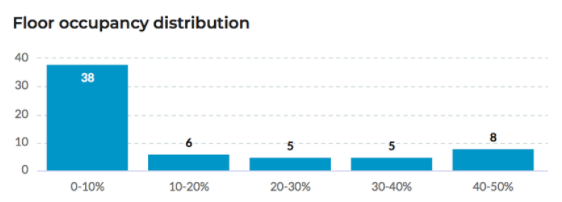

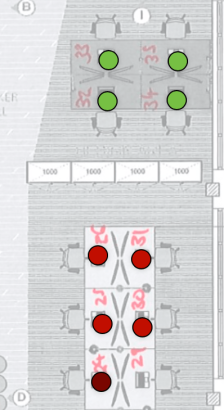
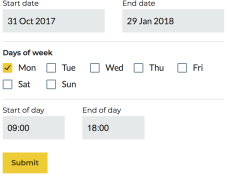
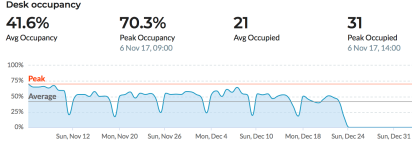
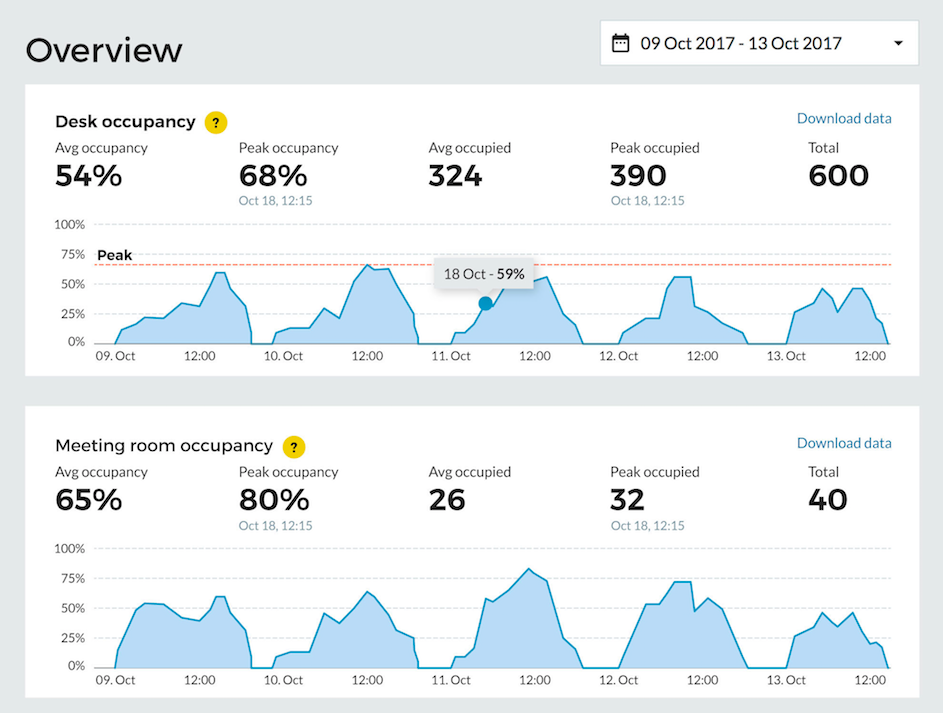
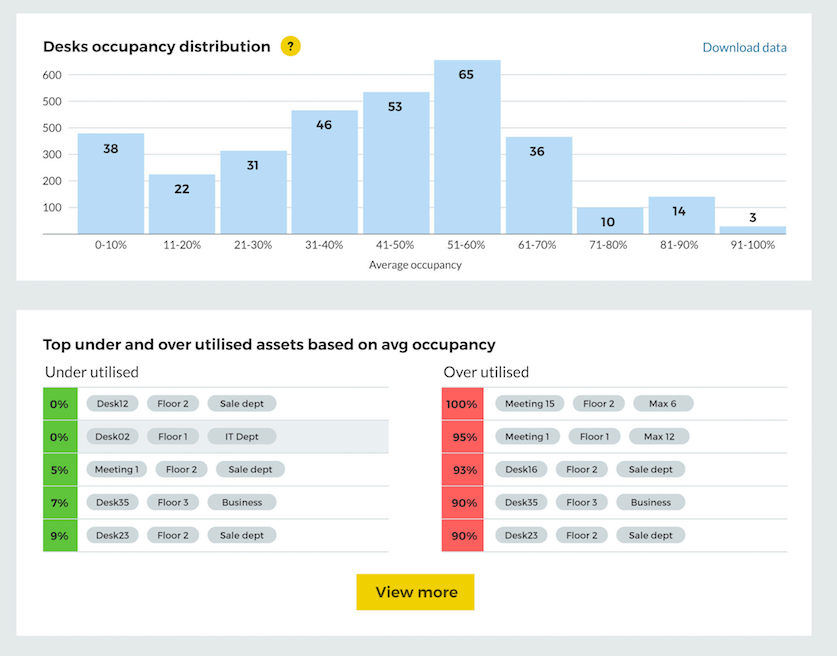
You must be logged in to post a comment.